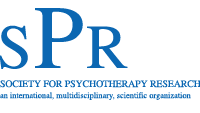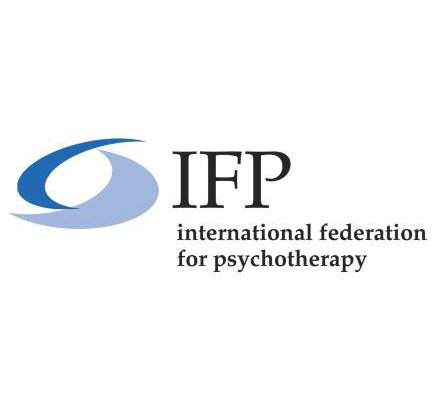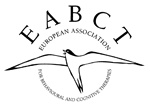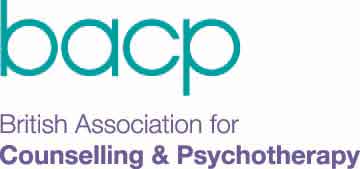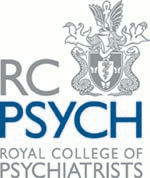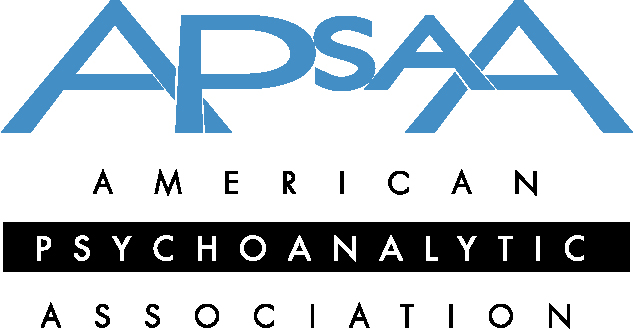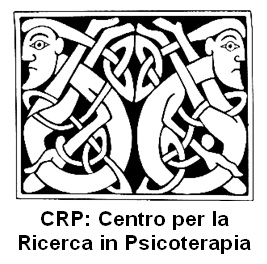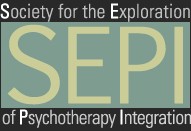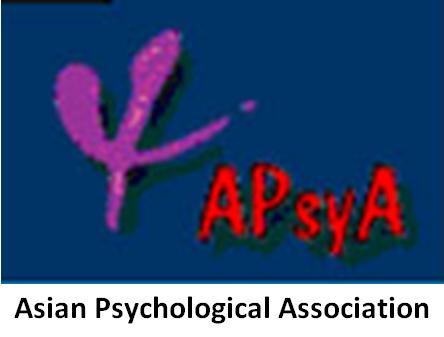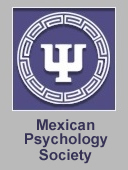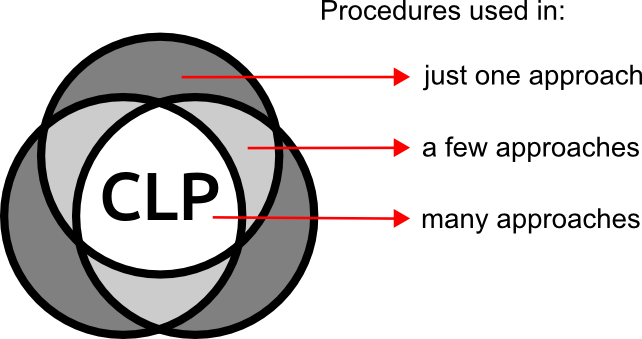 The absence of a common language for psychotherapy (clp) procedures leads different therapists to use different terms to describe the same procedure and/or the same term to describe different procedures. This often confuses professionals and patients. A shared language would reduce confusion and speed psychotherapy’s evolution into a science. An international clp Task Force is therefore developing a common language for psychotherapy procedures that is widely acceptable.
The absence of a common language for psychotherapy (clp) procedures leads different therapists to use different terms to describe the same procedure and/or the same term to describe different procedures. This often confuses professionals and patients. A shared language would reduce confusion and speed psychotherapy’s evolution into a science. An international clp Task Force is therefore developing a common language for psychotherapy procedures that is widely acceptable.
The clp project is creating an ecumenical lexicon (A-Z) of psychotherapy procedures. Therapists from round the world describe operationally what they do with clients. They show overlaps and differences across procedures used in varying approaches. Clp entries are practical descriptions of therapists’ procedures - WHAT they do, not why they do it - though procedure and theory can be hard to unravel. Each entry briefly describes one of a broad range of psychotherapy procedures in plain language, and includes a short Case Illustration. The growing A-Z already includes procedures from many therapy approaches, with entries coming so far from Australia, Canada, France, Germany, Israel, Italy, Japan, Netherlands, Sweden, Switzerland, UK, and USA.
Accepted entries for procedures so far (n=100; 29 August 2014)
Accepted Entries...
Authors of accepted entries so far (n=112; 29 August 2014)
Accepted Authors...
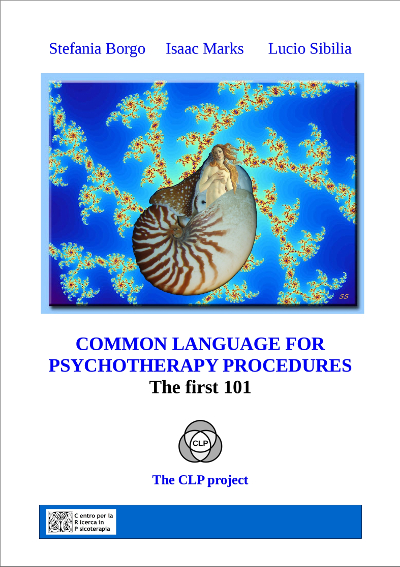 The first 101 procedures are now published in the book "Common Language for Psychotherapy Procedures: The First 101"
The first 101 procedures are now published in the book "Common Language for Psychotherapy Procedures: The First 101"
Download the book

